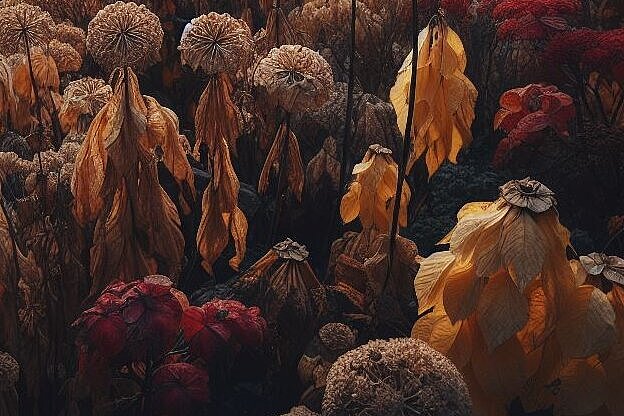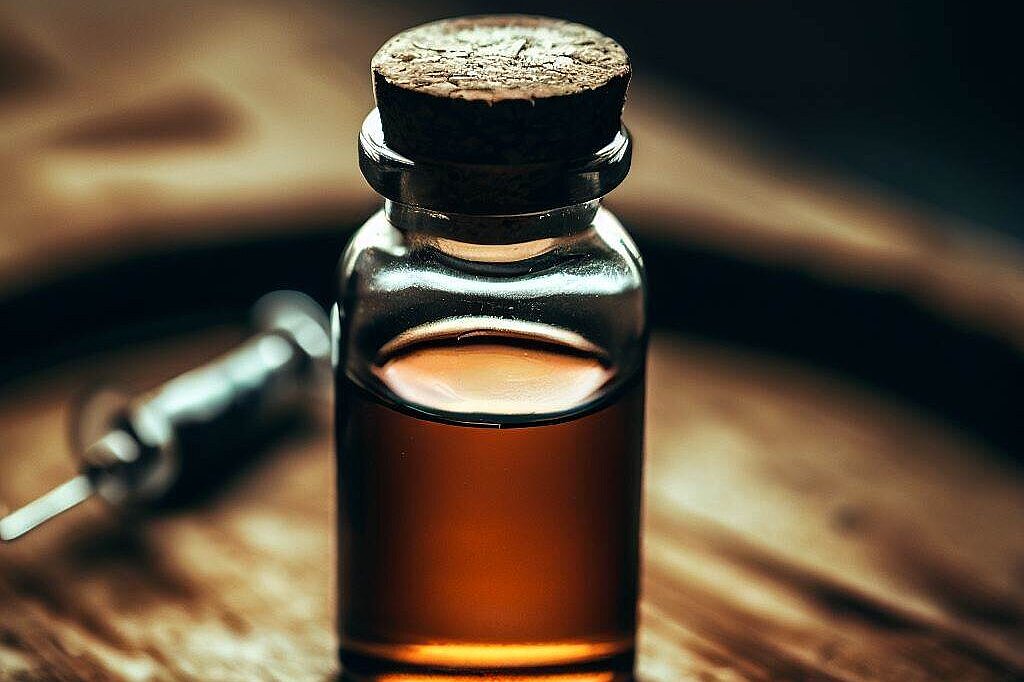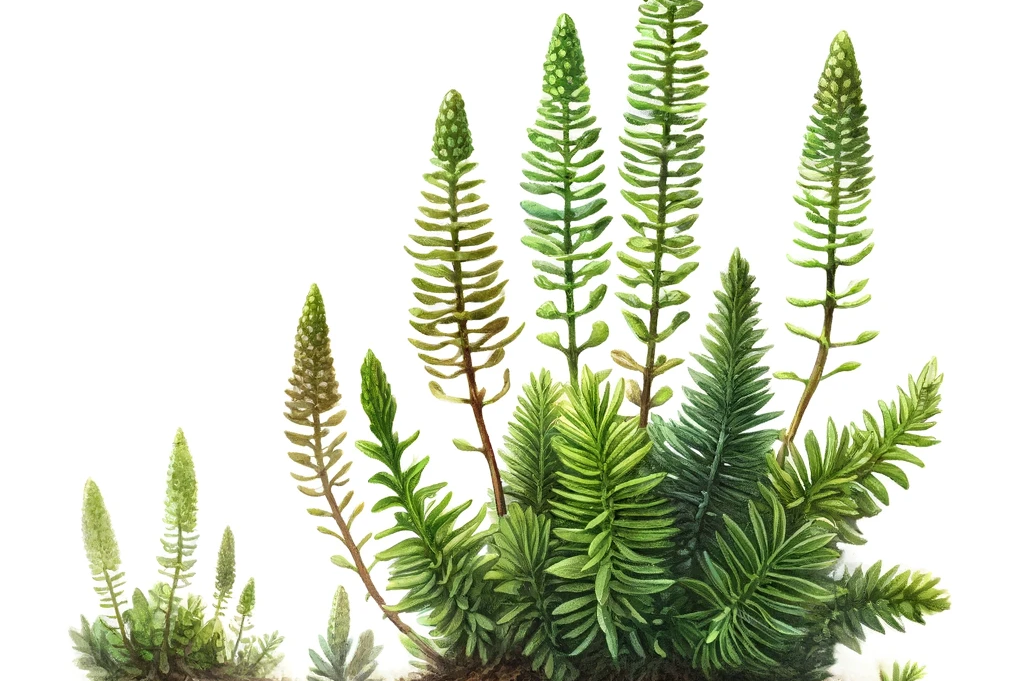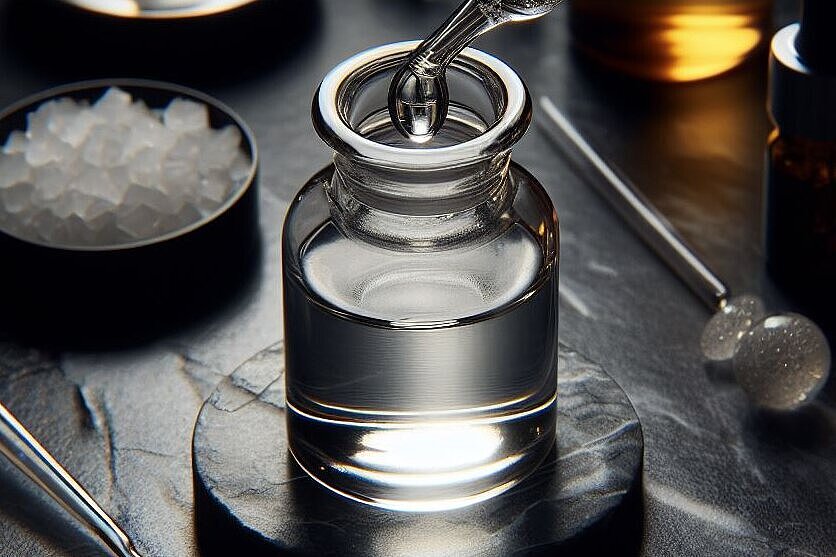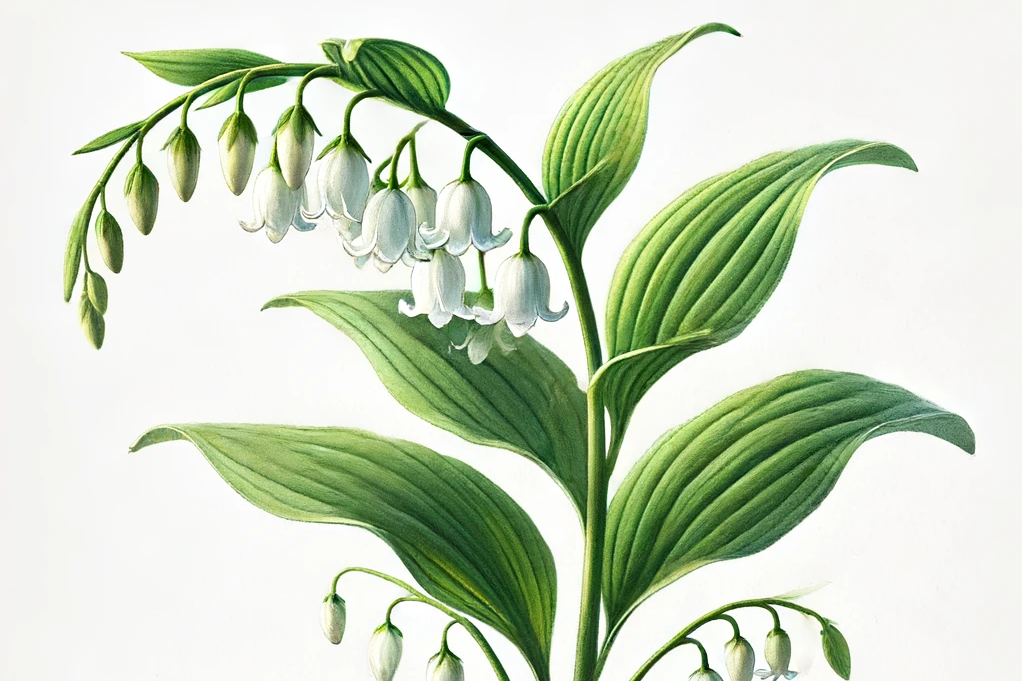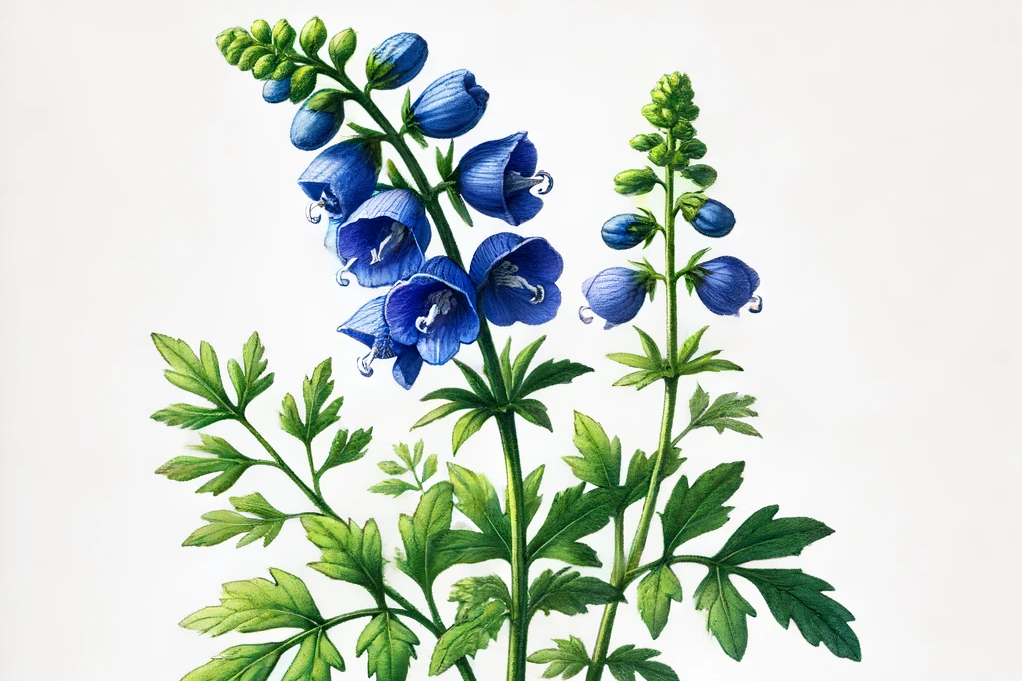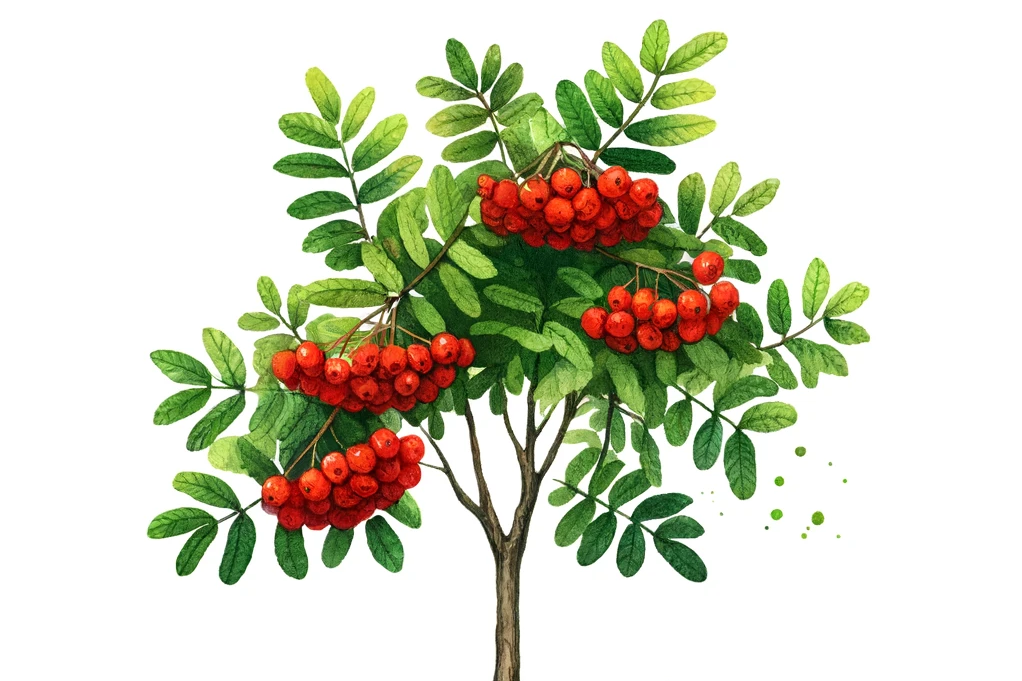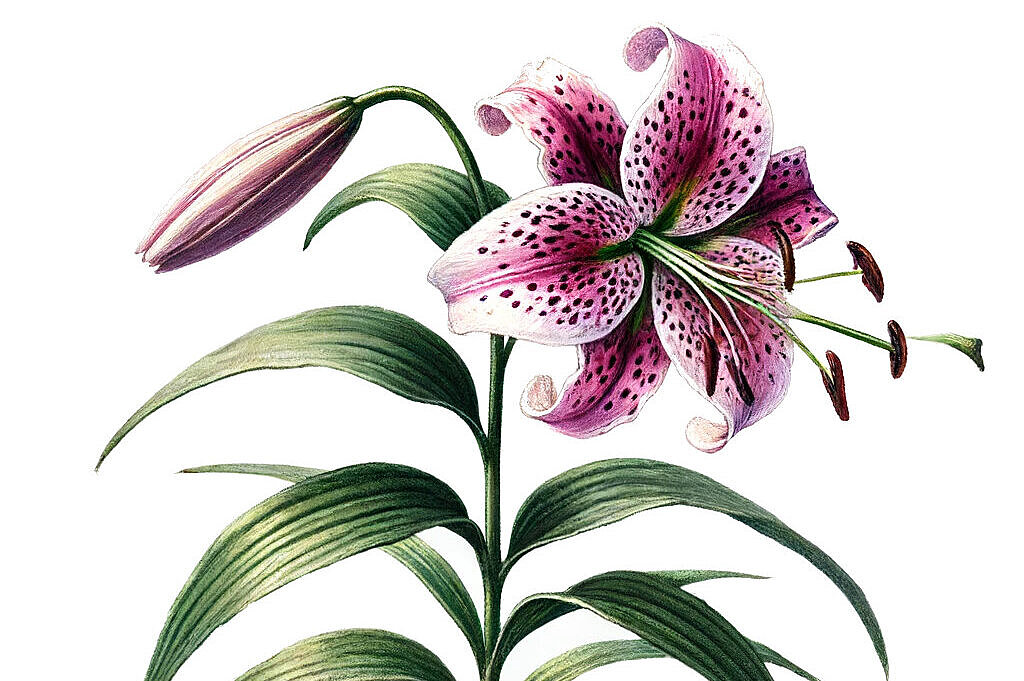Poison control
When we talk about "poison control" in dogs, we are referring to measures and treatments that are used to reduce or neutralize the effects of toxic substances to which a dog has been exposed. This can happen if your dog has eaten, inhaled or absorbed something toxic through the skin.
The first steps of poison control often include removing the dog from the source of the poison and preventing him from ingesting more. In some cases, it may be necessary to induce vomiting to remove the poison from the body, but this should only be done under the direction and guidance of a veterinarian. Other treatments may include the administration of activated charcoal to bind the toxin in the gastrointestinal tract or specific antidotes to certain toxins.
It is extremely important to contact a veterinarian or veterinary clinic immediately if poisoning is suspected. They can give instructions on what to do in the specific case and treat the dog immediately if necessary. Never attempt to administer treatment without expert guidance.
As a dog owner, it is also useful to find out about common toxins in the household and environment and their symptoms in order to minimize risks and be able to act quickly in an emergency.
